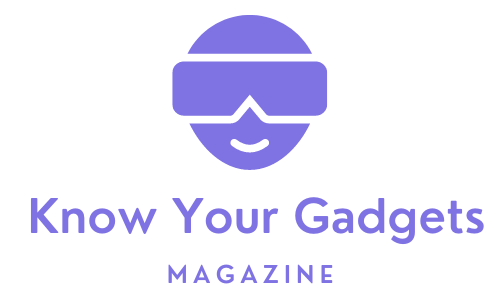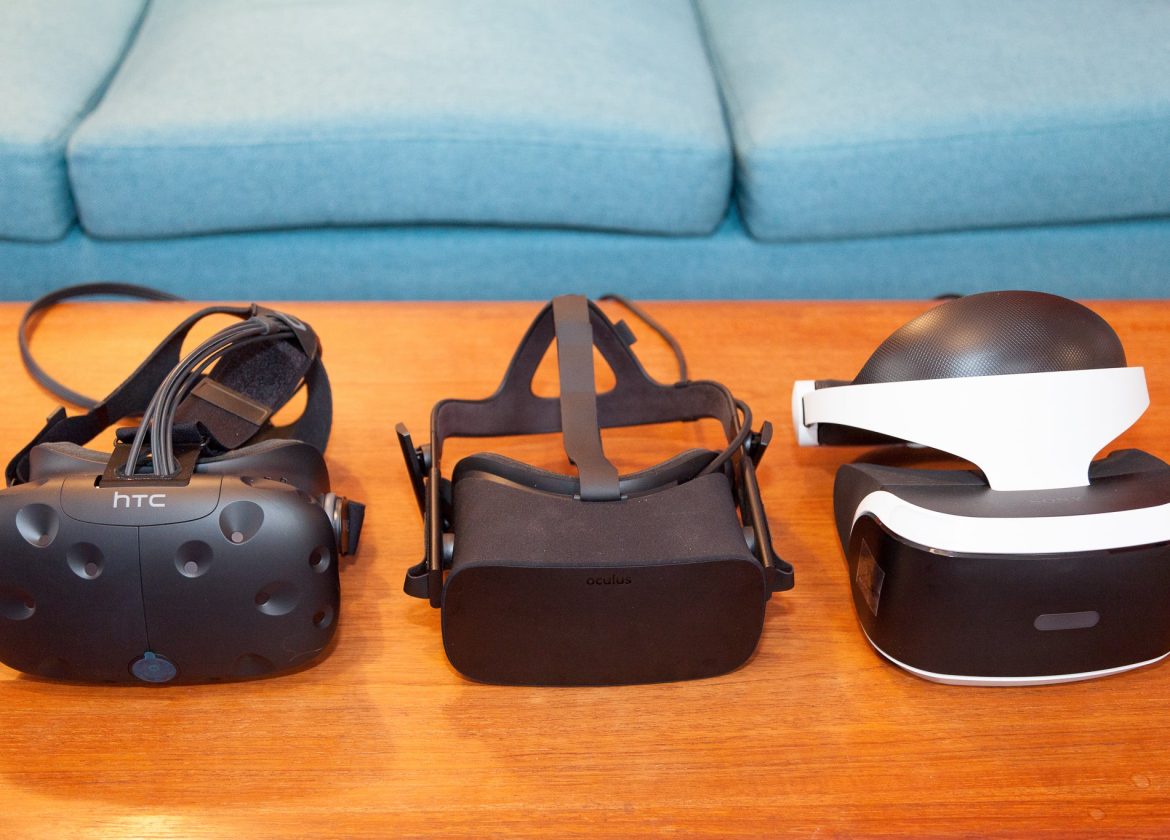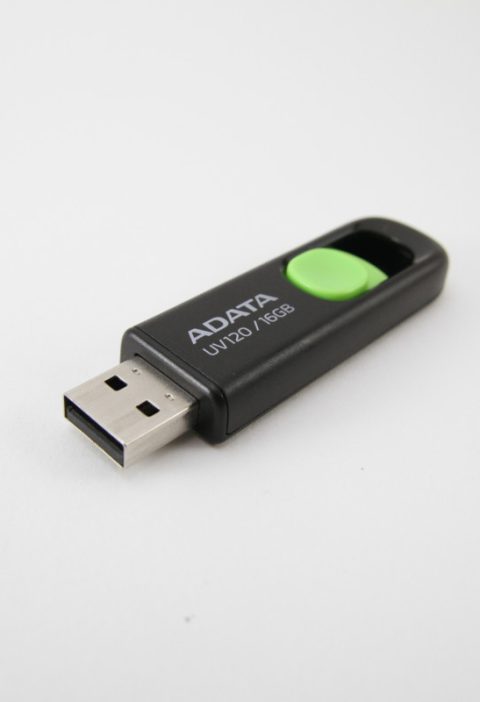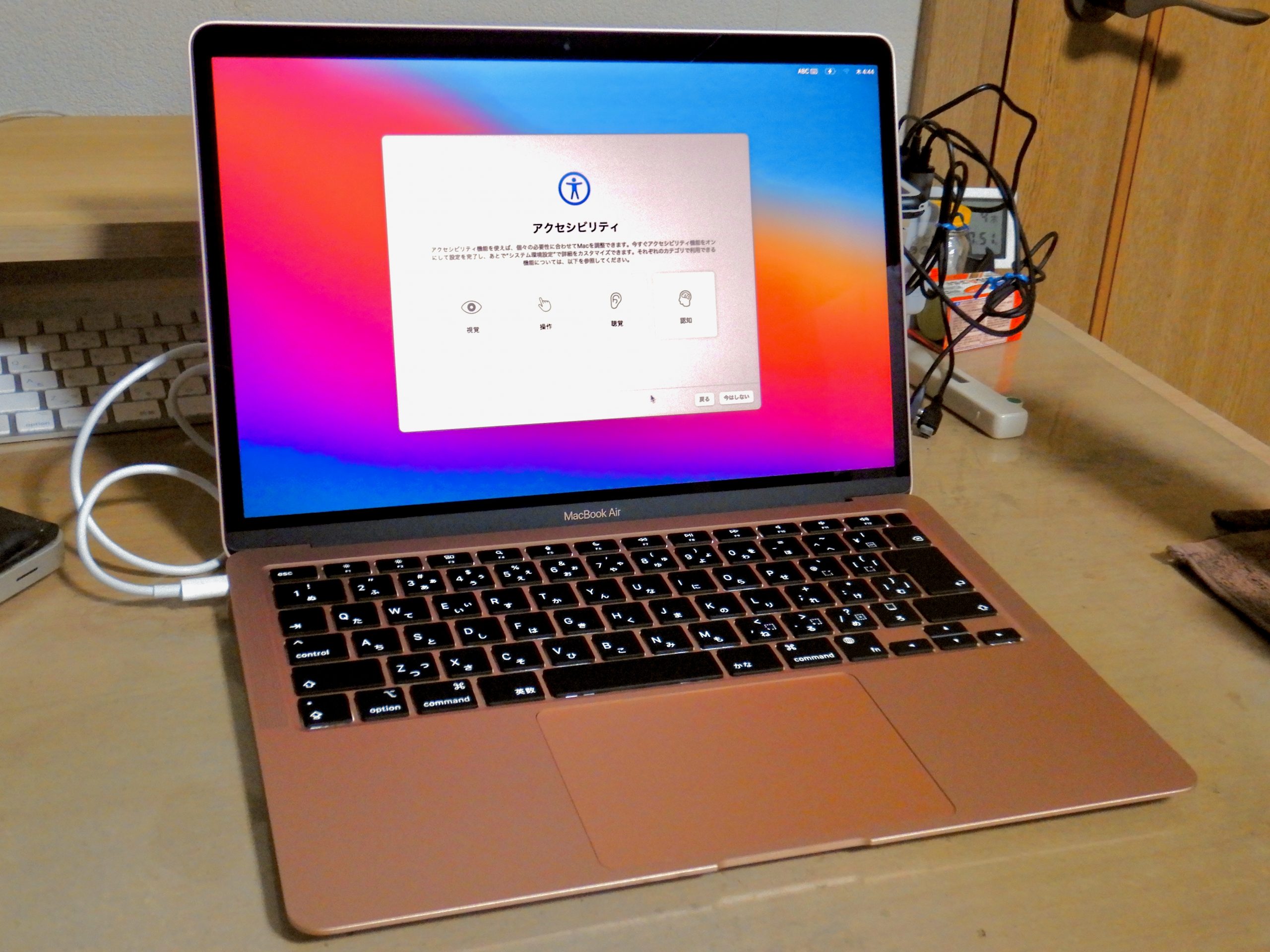Virtual reality is a fascinating way to travel using nothing more than the power of technology. With a headset and motion tracking, VR lets you look around a virtual space as if you’re actually there, or play a game as though you’re in it. Here is our list of the best headsets available in 2023:
Meta Quest 2
The Oculus Rift was the first big name in the current VR wave, arguably because it made VR remotely affordable. Although Facebook bought Oculus and has been phasing the name out in favor of Meta for both its VR platform and the entire company’s name, the Oculus roots run deep.
The Meta Quest 2 (formerly the Oculus Quest 2) is a $400 standalone VR headset. We don’t recommend it quite as highly as when it was $300; Meta recently bumped the price by $100. It’s still inexpensive for a VR platform, though, and you don’t need any additional hardware attached or cables running out of the headset. It’s powered by mobile components, specifically the Qualcomm Snapdragon 865 chipset, and that’s enough to run compelling VR experiences. It also has an incredibly robust library of those experiences, so you’ll find something that is entertaining.
The Quest 2 can be used as a tethered headset if you buy the right accessory (and have a powerful PC). The $79 Link Cable is a five-meter USB-C cord that lets you connect the Quest 2 to your computer and use it just like the Rift S to play PC-specific VR games like Half-Life: Alyx. The cable is expensive, but considering most tethered-only PC headsets are still more expensive than the Quest 2 with the cable, it comes out ahead in value even after adding the accessory.
Sony PlayStation VR2
The PlayStation VR2 is a significant upgrade over the original that combines the PlayStation5’s power with new eye-tracking and motion-control tech that makes VR games even more immersive. Plus, the lightweight headset has impressive specs, including a sharp OLED display that delivers a 2,000-by-2,040-pixel picture to each eye.
The PS VR2 is for gamers willing to go all-in on Sony’s next-generation vision of virtual reality. After all, the headset’s not inexpensive at nearly $600 and it lacks backward compatibility with original PlayStation VR games. However, this comfortable and impressive hardware has a strong launch library that includes Horizon: Call of the Mountain and the Jurassic World Aftermath Collection.
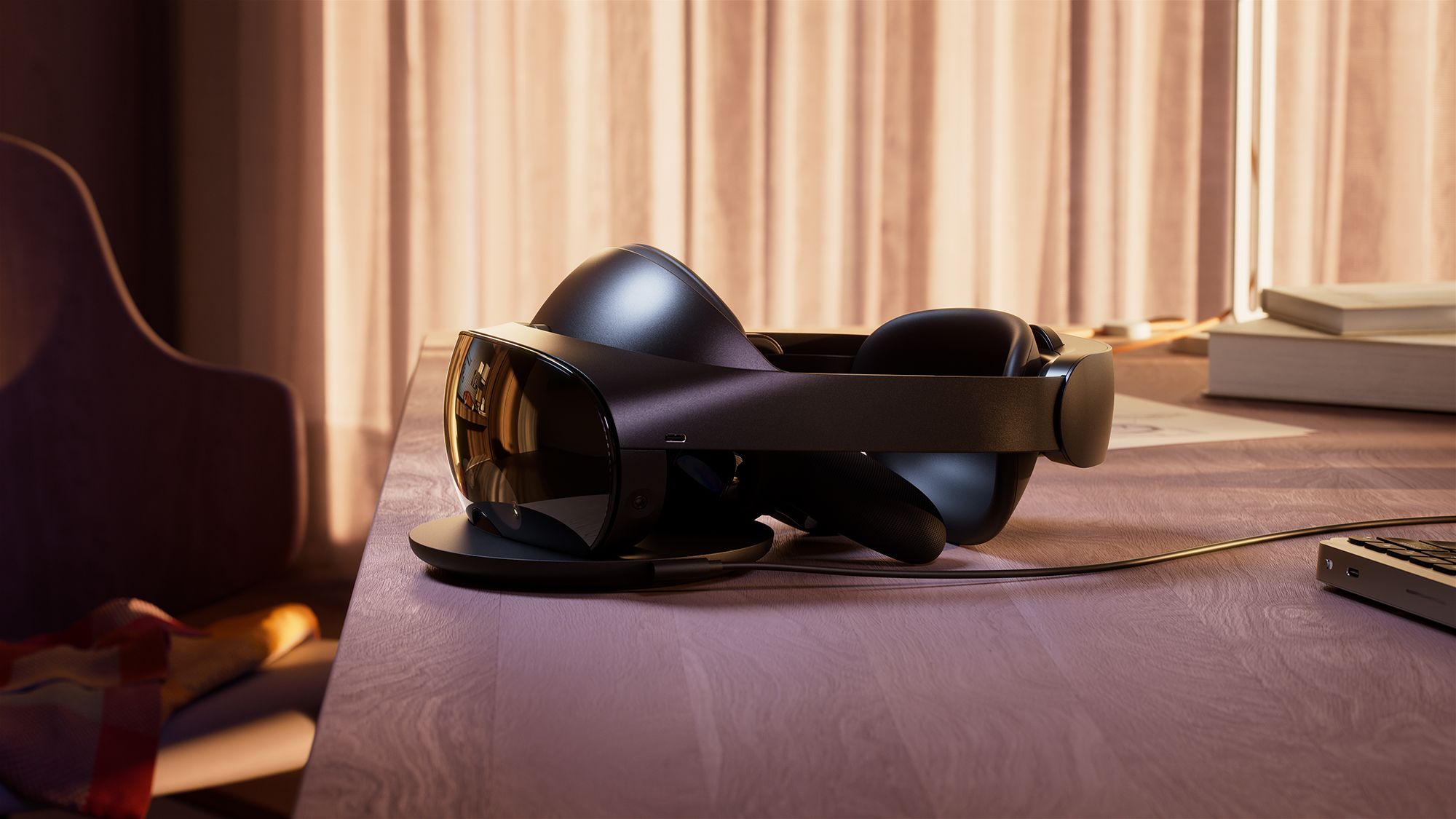
Meta Quest Pro
We love the Meta Quest 2 for presenting a powerful VR experience without any cables. It helps that it’s relatively inexpensive, but its hardware is also aging a bit. The Meta Quest Pro addresses the latter point at the literal cost of the former. Its display is better, its controllers are better, its processor is better, and it features eye and face tracking. It’s also over three times the price of the Quest 2, which is why the “Pro” part is in the name.
This is for professionals who need a capable VR headset for collaboration and processing-heavy work, and for enthusiasts who want to play with eye and face tracking (and a more powerful processor than the Quest 2) before Meta releases the teased Quest 3 next year.
PlayStation VR Headset
The PlayStation VR is aging. It came out in 2016 for the PlayStation 4, and uses motion controllers that date back to 2010, but that doesn’t mean it isn’t worth considering if you own a PS4 (or PS5 for that matter). After all, it doesn’t need any extra hardware if you already have one of those consoles (though if you want to use it with your PS5, you must request a free adapter(Opens in a new window) from Sony for the required PlayStation Camera to work).
The original PS VR has a large library of games including Five Nights at Freddie’s: Help Wanted, Moss, Rez Infinite, and Until Dawn: Rush of Blood. Many don’t need motion controls and can be played with the DualShock 4 or DualSense. (Though you should be aware that the aforementioned 12-year-old PlayStation Move controllers might not be included with PS VR bundles if you do want two-handed motion controls, so make sure you check product descriptions.)
Valve Index VR Kit
Valve’s PC-tethered VR headset is pricey, and on paper, it doesn’t stand out much from the competition. The headset is just one part of the VR experience, though, and the Valve Index really impresses because of the other major component: the controllers. They’re revolutionary, able to rack individual finger movements and make games (that take advantage of the feature) much more immersive than the standard trigger grips on other controllers. It’s amazing to see your fingers wiggle in Half-Life: Alyx.
The headset itself, while not outstanding, still offers crisp, smooth graphics with a high refresh rate, too. The system integrates with Valve’s Steam store through SteamVR, so there’s an incredibly large library of VR games, even if only a tiny fraction might bother with the finger support.
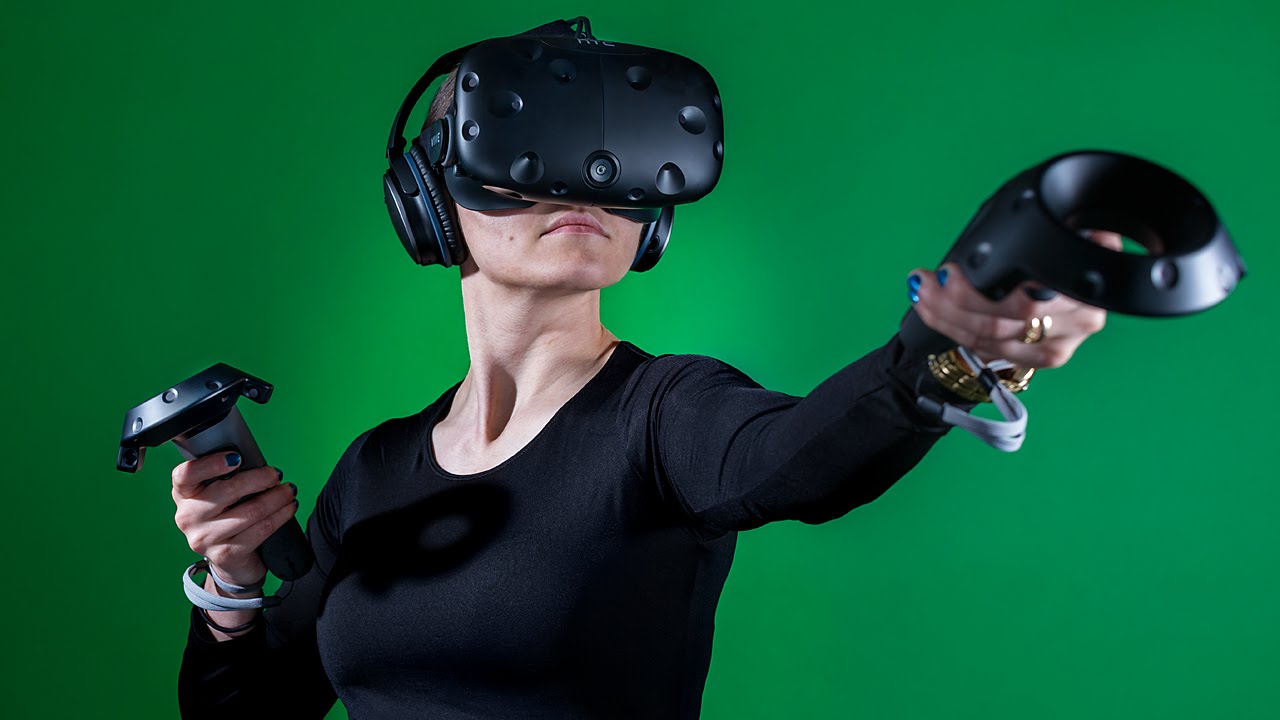
HTC Vive Pro 2
This advanced, semi-consumer VR headset targets both enthusiasts and professionals with the sharpest picture available at 2,448 by 2,448 pixels per eye. It easily offers the best visuals we’ve seen in VR so far, though at a hefty price: The headset alone is $799, and that doesn’t factor in the base stations and controllers (but on the bright side, you can use the Valve Index controllers with it).
It works with SteamVR just like the Oculus Quest 2 and has its own VR software store in the form of Viveport. The store offers the subscription-based Viveport Infinity(Opens in a new window) service that provides unlimited access to VR experiences, instead of a la carte software purchases. That’s a nice bonus outside of SteamVR.
HP Reverb G2
Microsoft’s Windows Mixed Reality platform has been dwindling for a while since HTC and Valve offer much larger VR games and software libraries. As a result, the previously WMR-specific HP Reverb has been reworked into the SteamVR-friendly HP Reverb G2. It’s pricey compared with the Oculus Quest 2, but it’s more affordable and easier to set up than the Valve Index for a tethered-only VR experience. It also features a high resolution for the price, at 2,160 by 2,160 for each eye.
This middle ground is appealing if you want to try PC-tethered VR gaming without spending a ton of money. It also uses camera-based tracking, so you don’t need to set up base stations as you do with the Index or Vive Pro 2.
You might have seen other headsets pop up over the last few years, including the Microsoft HoloLens and the Magic Leap One. They aren’t on this list for a few reasons, but the biggest one is that they’re augmented reality (AR) headsets, not virtual reality headsets. And yes, there’s a difference. Basically, these AR headsets have transparent lenses that let you look at your surroundings instead of completely replacing your vision with a computer-generated image. They project images over whatever you’re looking at, but those images are designed to complement and interact with the area around you. You can make a web browser pop up in the middle of a room, for instance, or watch animals run around your coffee table. It’s a fascinating technology that could hint at the future of computing.
